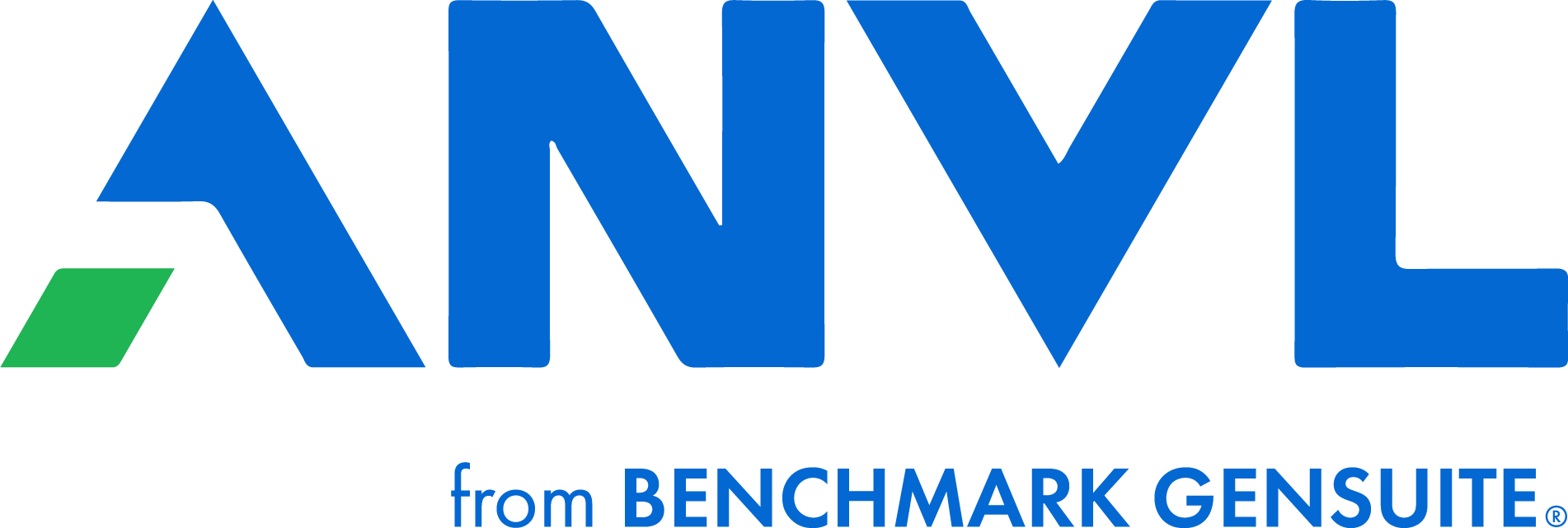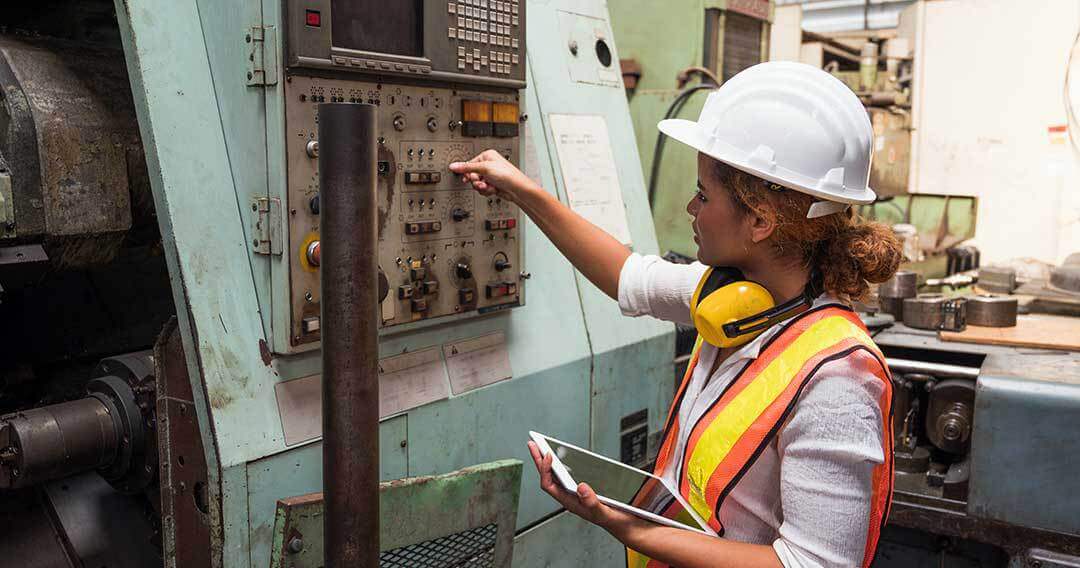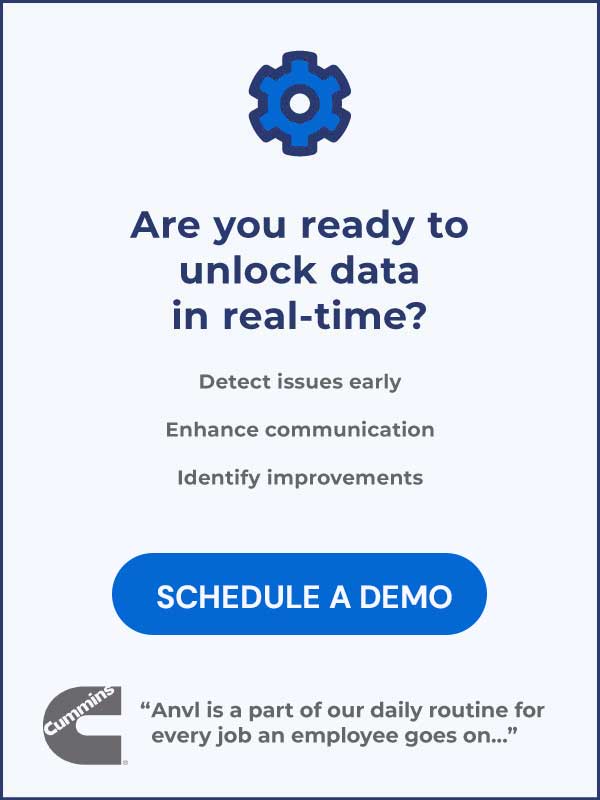The US Department of Labor notes that a company who invests in the safety of their workers will see a reduction in fatalities, injuries, and illnesses. By making this investment, employers can expect company savings such as lower workers’ compensation costs and medical expenses, avoided OSHA penalties, and reduced training/onboarding fees. This appears to be a very obvious relationship, but how exactly does this happen? While investing in safety should be a priority for all industries, it is important to understand why there is a relationship between safety investments and ROI. It all comes down to how employees’ behavior will automatically shift to safer practices, and this results in high ROI. This will challenge employers to make informed, thorough decisions when observing different types of safety programs and technologies in order to maximize their return on safety investment.
Positive Safety Behavior Changes in Employees
Behavior is an automatic learning process. We learn how to behave based on the environment we are in. If a worker is in an environment where proper checks are routinely ignored or misinspected, it is more likely that they will assimilate to the same mindset. Likewise, if a company rolls out safety management software like Anvl, where employees are consistently engaged with a safety platform to manage their tasks, workers will be influenced to make safer decisions on the floor. This is why it is essential to invest in technology that challenges workers to put safety at the forefront of every operation- it all comes down to driving culture change.
Safety Behaviors as a Result of Systematic Change
As we had discussed in our Workplace Safety: A Psychological Approach series (Parts 1 and 2), developing a safety culture is an impactful antecedent of influencing company-wide safety behaviors from individual employees. When safety becomes a part of company culture and not just a managerial task, workers are challenged to consider safety on a daily basis.
Consider this in the context of Anvl’s Smart Dynamic Workflows. Our workflows empower frontline workers to consider the best way to move forward onsite and get solutions in real-time when faced with potential issues. The implications of our safety management software go beyond tracking work progress and efficiency- Anvl’s solutions have the potential to reinforce safety behavior on behalf of the employee. After a safety solution is implemented, a worker perceives that a company prioritizes safety as a company goal and is asked to consider safety on a regular basis. With workflows, feedback is provided instantly, which conditions employees to learn safer behaviors for the future as well as gain more insight into managing risk.
Drive Improvements in ROI
It is no secret that investing in safety drives high ROI and can sharply reduce the associated costs that come with a lost work day. However, it’s important to understand why this happens, which empowers safety leaders to make an informed decision on the best kind of safety programs or technology to invest in. It is not enough to purchase form builders so that safety inspections can be checked in a digital format. It’s best to look for ways that will keep workers engaged with safety, and condition them to consider safety outcomes and consequences with every step forward- this is exactly what Anvl is here to do.
Our software was designed to develop such systematic change within a company culture. It is more than providing a checklist for employees to complete each day. Often, we do not consider how risk evaluation is an automatic process. Software with safety elements conditions human behavior to consider safety in every aspect- which in turn leads to ROI and ensures compliance with safety processes. Without this investment or prioritization of safety, companies rely on their employees’ individual perceptions on safety, which may be misguided or not up to company standards.
Research has repeatedly demonstrated that every dollar invested in software like Anvl leads to a $4-$6 payback in costs. And, if that is not convincing enough, that is significant to consider in the context of the direct and indirect costs of any workplace injury, illness, or fatality. Safety culture is worth the investment.


